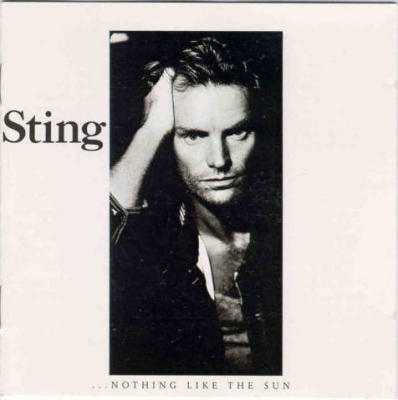

Her novel was, he thought, unlikely to be the only one of its kind: ‘With the quartercentury looming, many of our foolhardiest novelists must be busy preparing fictional libels on the Bard’.īurgess was by this point already at work on his own fictionalised biography of Shakespeare. In May 1963 Anthony Burgess reviewed – not entirely favourably – Henrietta Buckmaster’s book, All of the Living: A Novel of One Year in the Life of Shakespeare.


Ictoria Brazier explores the background and contexts of Burgess’s Shakespearean novel. Get thee to: An introduction | The book in depth | The Elizabethan English | A Burgess reading | Another Shakespeare section ( see links at top of page) Join Rob Spence and Andrew Biswell for an extended discussion of the novel in our podcast. Read more about Nothing Like The Sun in these articles by Victoria Brazier, exploring Burgess’s writing of the novel and his distinctive approach to his use of language within it - as a well as reading from Anthony Burgess himself. Nothing Like The Sun is one of Burgess’s most fully realised creative engagements with Shakespeare, an inspiration that continued to the end of his life. Yet the energy and extravagance of the novel are exhilarating and the whole is profound, engrossing, and ultimately hugely rewarding. The language is dense and allusive, and the style – consciously modelled on Joyce’s Ulysses, with streams of consciousness and wordplay – is rich and challenging. Written in a version of Elizabethan English, it is wildly inventive, full of bawdy humour and references to Shakespeare’s poems, plays and the texture of its historical setting.īurgess described writing the novel as ‘the hardest I had ever undertaken’. Othing Like The Sun: A Story of Shakespeare’s Love-Life was published in 1964 to mark the 400th anniversary of Shakespeare’s birth.īeginning with Shakespeare’s early life, the novel follows Will as he grows up both romantically and artistically.


 0 kommentar(er)
0 kommentar(er)
